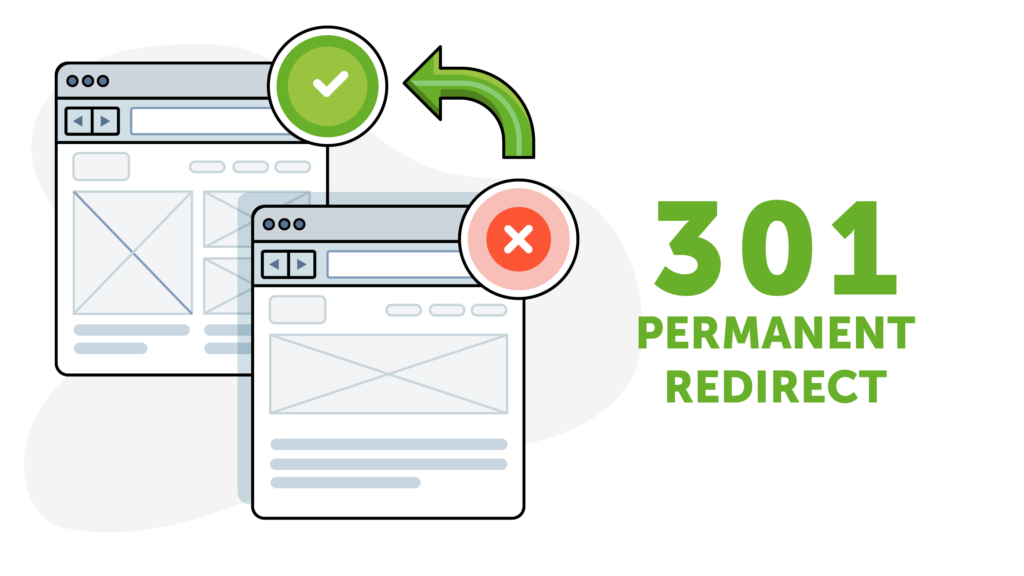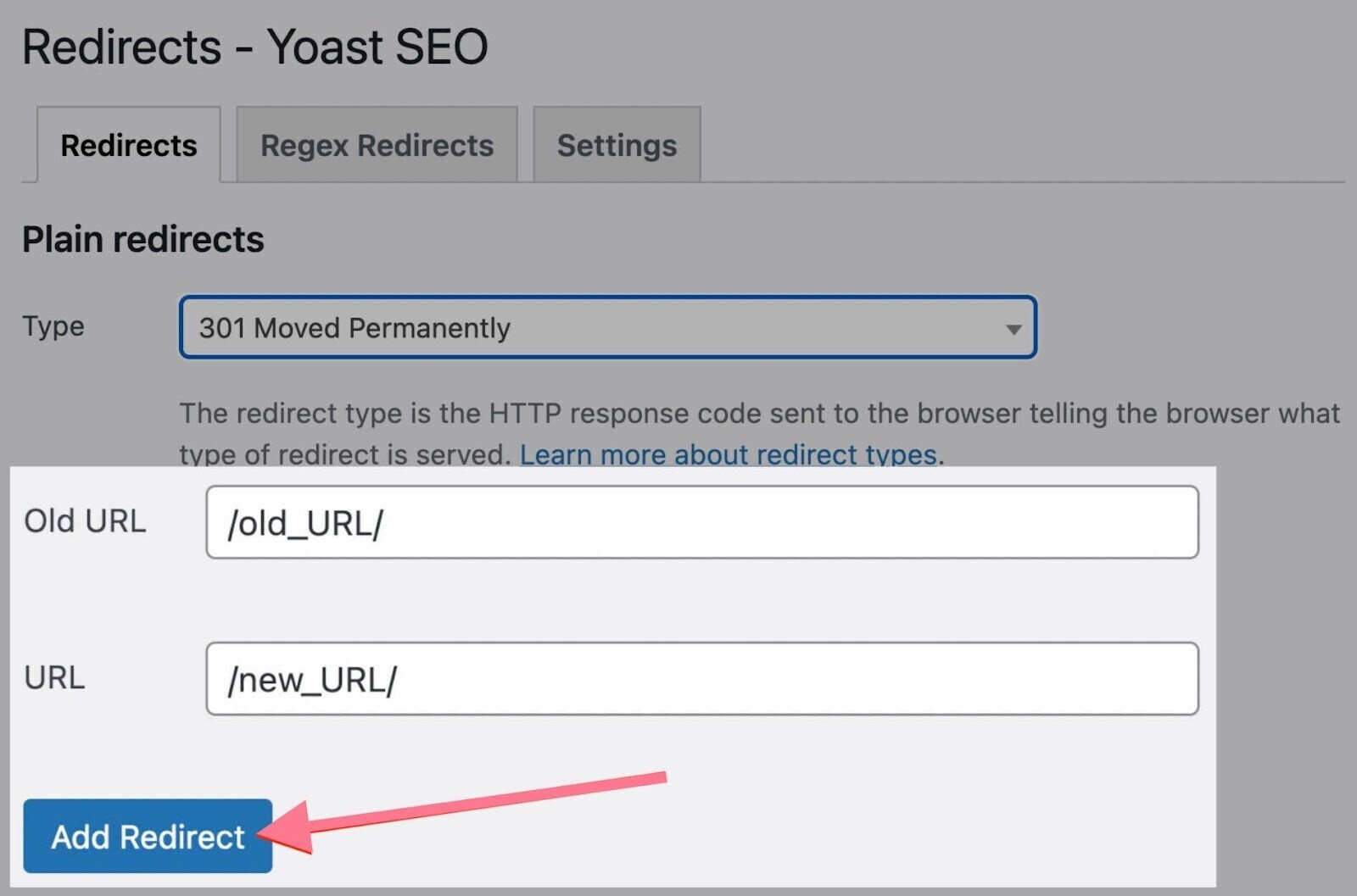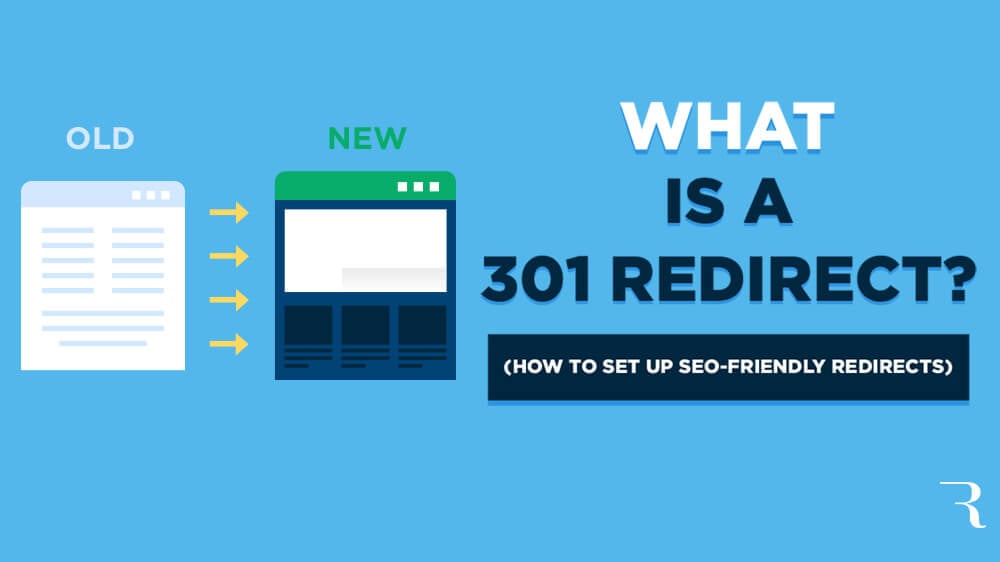A 301 redirect is permanent and tells search engines to pass ranking to the new URL. This helps preserve SEO value.
When setting up a 301 redirect on a webpage, it signals to search engines that the old URL has been permanently moved to a new location. This ensures that users are directed to the correct page and that any SEO value from the old URL is transferred to the new one.
By implementing a 301 redirect properly, website owners can maintain their search engine rankings and prevent any negative impact on their online visibility. It is a crucial tool in website management to ensure a seamless user experience and consistent SEO performance.

Credit: www.screamingfrog.co.uk
Introduction To 301 Redirects
A 301 redirect signifies a permanent move of a web page to a new URL. This method ensures search engines and users are directed to the updated location seamlessly.
What Is A 301 Redirect?
A 301 redirect is a way to send users from one URL to another. This type of redirect is considered permanent. It tells search engines the page has moved forever. The new URL gets the link juice from the old one. This helps maintain search engine rankings. Users do not notice the change. They are taken to the new page seamlessly.
Common Uses
301 redirects are used to move a website to a new domain. They help fix broken links by pointing to a new page. They also help with rebranding by directing old URLs to new ones. Another use is to merge two websites into one. This makes sure all traffic goes to the correct pages.
Mechanics Of A 301 Redirect
A 301 redirect is a permanent solution for redirecting one URL to another. It signals search engines to transfer the SEO value of the old URL to the new one. This method ensures users and search engines are directed to the correct page seamlessly.
How It Works
A 301 redirect is a way to send users to a new URL. It tells browsers the original page has moved. This is a permanent change. Search engines update their records. This helps in maintaining SEO rankings.
Technical Implementation
301 redirects are set up on the server. This can be done using .htaccess files. Another way is through server configurations. Here’s a simple example:
Redirect 301 /old-page.html http://www.example.com/new-page.html
This command tells the server to redirect the old page to the new one. It’s that simple. Always test your redirects. This ensures they work correctly.
Impact On Seo
A 301 redirect signals to search engines that a page has moved permanently. This helps retain the original page’s rankings. Search engines will update their index to reflect the new URL. This ensures minimal impact on search engine rankings. It is an effective way to manage page moves.
A 301 redirect passes around 90-99% of the original page’s authority. This helps the new page retain its rank. The transfer is usually smooth. This helps maintain the site’s overall authority. Old backlinks will still benefit the new page. This helps in preserving SEO efforts.

Credit: www.semrush.com
User Experience
A 301 redirect helps users find the right page. It makes sure they do not see errors. This keeps them happy and engaged. Seamless navigation is important for any website. It ensures users have a smooth experience. This can help increase their trust in your site. 301 redirects make sure old links still work. This is especially useful when pages move or change. Users won’t feel lost or frustrated.
301 redirects may cause slight delays. These delays are usually very small. Users might not even notice them. But having too many redirects can slow down the site. This can hurt the user experience. It is best to use redirects wisely. Too many can make pages load slower. Always try to keep the number of redirects low. This helps in maintaining good load times.
Long-term Effects
A 301 redirect passes almost all of the original page’s link equity. This means that your new page will retain its ranking power. Search engines will see the new URL as the permanent replacement. This helps in maintaining your site’s authority. Over time, this can lead to improved search rankings. Users will find your new page without any issues. This creates a smooth experience for everyone.
301 redirects ensure that your website traffic stays stable. Visitors will be automatically directed to the new page. This avoids the risk of losing valuable traffic. Search engines update their index to reflect the new URL. Your website will continue to receive its usual visits. This helps in keeping your audience engaged. No need to worry about broken links or error pages.
Potential Issues
A 301 redirect can create a loop. This happens when the new URL points back to the old URL. Web browsers get stuck in a loop and the page never loads. This makes the site unusable. Fixing the loop is very important. Check your redirects to avoid this issue.
Search engines have a limited crawl budget. Too many 301 redirects can waste this budget. Important pages might not get crawled. This affects your site’s ranking. Plan your redirects carefully. Always keep your important pages easy to find.
Best Practices
301 redirects need careful planning. They should not be set up without a strategy. Use them to move content to a new URL. Make sure the new URL is relevant. Also, ensure the old URL does not return errors. This will help maintain SEO rankings. Redirects should be tested before making them live. This avoids potential issues.
Regular monitoring is essential. Check the redirects to ensure they are working. Tools can help with this task. Make changes if any issues are found. Monitor website traffic to see the impact. Maintenance should be ongoing. This ensures the redirects continue to function properly. Keeping an eye on performance is crucial.
Case Studies
Many websites used 301 redirects to maintain their traffic. One example is a large e-commerce site. They moved many pages to new URLs. Traffic to the old pages was redirected to new ones. The site maintained its search engine ranking.
Another case is a popular blog. They changed their domain name. All old links used 301 redirects. This helped them keep their readers and rankings.
301 redirects are powerful tools. They help keep your SEO intact. It’s important to use them correctly. Always update your sitemap. Tell search engines about the changes. Check your analytics. Make sure the redirects work well.

Credit: www.ryrob.com
Frequently Asked Questions
How Long Does A 301 Redirect Last?
A 301 redirect is permanent and lasts indefinitely. It signals search engines to update their indexes.
Why Is My 301 Moved Permanently?
A 301 redirect means the URL has been permanently moved to a new location. It improves SEO by preserving link equity.
What Is The Disadvantage Of 301 Redirect?
A 301 redirect can lead to a slight loss of SEO value. Users might face temporary downtime.
Do 301 Redirects Hurt Seo?
301 redirects do not hurt SEO. They help preserve link equity when moving pages. Ensure proper implementation to avoid errors.
Conclusion
A 301 redirect is a powerful tool for managing website traffic. It provides a permanent solution for redirecting URLs. Implementing it correctly ensures minimal disruption to your SEO rankings. Always monitor the changes to maintain optimal performance. Understanding its importance can significantly benefit your site’s long-term success.